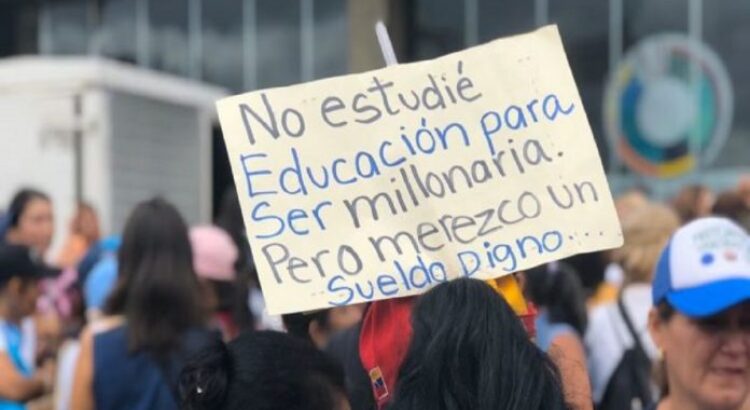Chronic absenteeism reduces the likelihood of reading on a grade level by third grade, said Robert Balfanz, director of the Everyone Graduates Center at Johns Hopkins University. Photograph: Alamy
Black students are nearly four times as likely to be suspended as white students, according to new federal data.
The sweeping bi-annual survey of more than 50 million students by the US Department of Education found that suspensions overall have dramatically decreased by nearly 20% between the 2011-12 and 2013-14 school years.
But the data revealed a discrepancy between suspension rates across demographics. As early as preschool, black children are 3.6 times as likely to receive one or more suspensions as white children. According to the data, black girls represent 20% of female preschool enrollment, but account for 54% of preschool children suspensions. Black students were also twice as likely to be expelled as white students.
Liz King, director of education policy at the Leadership Conference on Civil and Human Rights, said the findings on discipline for black preschool children were “disturbing”.
“We wonder what message that sends to those four-year-olds about their value in the school,” King said.
The new data collection highlighted issues not covered in previous years by the education department, including chronic student absenteeism and the lack of resource officers in some schools.
Though 95% of high school students have access to at least one school counselor, the data found more than 20% of schools have none. What’s more, 1.6 million students attend a school with a police officer but no school counselor.
King said the lack of counselors reinforces the fact that inequities exist across public schools. “Schools should be equalizers of opportunity but instead we’re seeing them reinforce inequity.”
The federal government has collected and published findings on civil rights data from schools since 1968. As it did for 2011-12, the data collection covered more than 50 students enrolled from nearly every school across the US.
The findings came ahead of initiatives from the US education and housing and urban development departments to boost diversity in schools. The agencies on Wednesday will host an educational policy session.
Related:New report is ‘huge warning sign’ that desegregation has failed in US schools
“Diversity benefits all students in schools,” John King Jr, the US education secretary, said in a statement. “Our schools, as well as our communities, should reflect the increasing diversity in our nation.”
The education department’s new data also for the first time shed light on chronic absenteeism among students and teachers. In the 2013-14 school year, 6.5 million students – or 13% of all students – were chronically absent, meaning they missed 15 or more school days. The data found 3.5 million elementary school students are chronically absent, as well.
Chronic absenteeism is particularly common for minorities in schools where their teachers also miss class, according to the findings. Black students represent 15% of all students in the US, but account for 21% of chronically absent students in schools where more than 50% of teachers were absent for at least 10 days.
Robert Balfanz, director of the Everyone Graduates Center at Johns Hopkins University, said chronic absenteeism plays a significant impact in school achievement and advancement. It reduces the likelihood of reading on grade level by third grade, he said, and for teenagers, “it’s a better predictor of dropping out than test scores”.
“Its impact is greatest on high-poverty students, the very students who benefit most from being in school on a regular basis,” he said. “This undercuts the impact of school reform, as many of the students who the reforms are designed for are not there on a regular basis to receive them.”
Nationwide, access to advanced courses isn’t universal – and again, racial disparities were prevalent.
Only 48% of high schools in the US offer calculus, according to the data, while roughly three-quarters offer chemistry and algebra II. The data showed black and Latino students accounted for 38% of student population at high schools with advanced placement (AP) courses, but only 29% enrolled in at least one AP class.
In a press call with reporters ahead of the data’s release this week, King, the education secretary, said the new data suggests more work needs to be done to ensure children in the US receive an adequate education.
“Our systemic failure to educate some groups of children, as well others, tears at the moral fabric of the nation,” King said. “What sets the US apart from any other country in the idea that opportunity is universal. These data show that we still fall far short of that ideal.”
Fuente: http://www.theguardian.com/education/2016/jun/08/us-education-survey-race-student-suspensions-absenteeism








 Users Today : 34
Users Today : 34 Total Users : 35460051
Total Users : 35460051 Views Today : 48
Views Today : 48 Total views : 3418679
Total views : 3418679